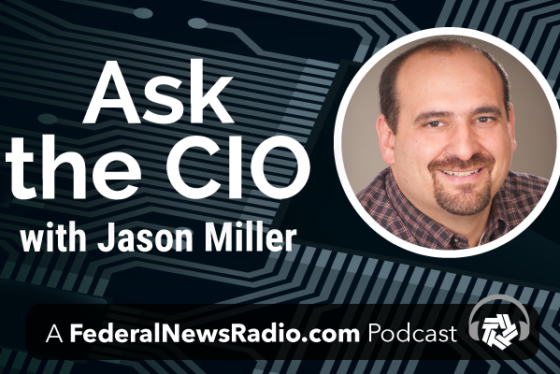Hubbard Radio Washington DC, LLC. All rights reserved. This website is not intended for users located within the European Economic Area.
On Air: Federal News Network
Technology
-
Securing weapons systems and other non-traditional systems will be a 'heavy lift' for the DoD as it rushes to hit the targeted zero trust level by 2027.
April 03, 2024 -
Keeping ahead of cyberthreats while implementing zero trust
April 03, 2024 -
While it’s clear the government has made progress since the initial guidance was issued, there’s still much to be done to support overall safe federal AI.
April 03, 2024 -
The latest CSRB report heavily criticizes the cloud security practices of one of the federal government's biggest technology suppliers.
April 03, 2024 -
“It was a tremendous effort. We really can't repeat this process, it is untenable,” said Randy Resnick.
April 02, 2024 -
The Air Force released a new solicitation and plans to issue another one as part of its overall strategy to centralize many IT modernization efforts.
April 02, 2024 -
The Defense Department's Cyber Crime Center reached a remarkable milestone late last month. Its Vulnerability Disclosure Program processed report number 50,000.
April 02, 2024 -
Election years tend to dampen contracting. If an incumbent loses re-election, policy shifts and new people can put contracts on hold.
April 02, 2024 -
The Department of Health and Human Services is aiming to better organize its healthcare cybersecurity resources and programs.
April 01, 2024 -
The most promising applications of artificial intelligence let people do more analytical and strategic work.
April 01, 2024 -
Space Hour's Eric White speaks with Matt Kuta from Voyager Space about a joint venture it's entering to improve national security in space.
March 29, 2024 -
NIH and CMS have several ongoing initiatives to ensure employees and their customers understand the data they are providing as AI and other tools gain traction.
March 29, 2024 -
In the ever-evolving landscape of federal IT modernization, Network-as-a-Service (NaaS) has emerged as a transformative solution.
March 29, 2024 -
DoD wants its vendors to be more cyber secure, including by expanding the pool of vendors who can take part in the no-cost cyber services it already offers.
March 29, 2024
ASK THE CIO

THURSDAYS @ 10 & 2 p.m.
Weekly interviews with federal agency chief information officers about the latest directives, challenges and successes. Follow Jason on Twitter. Subscribe on Apple Podcasts or Podcast One.
















